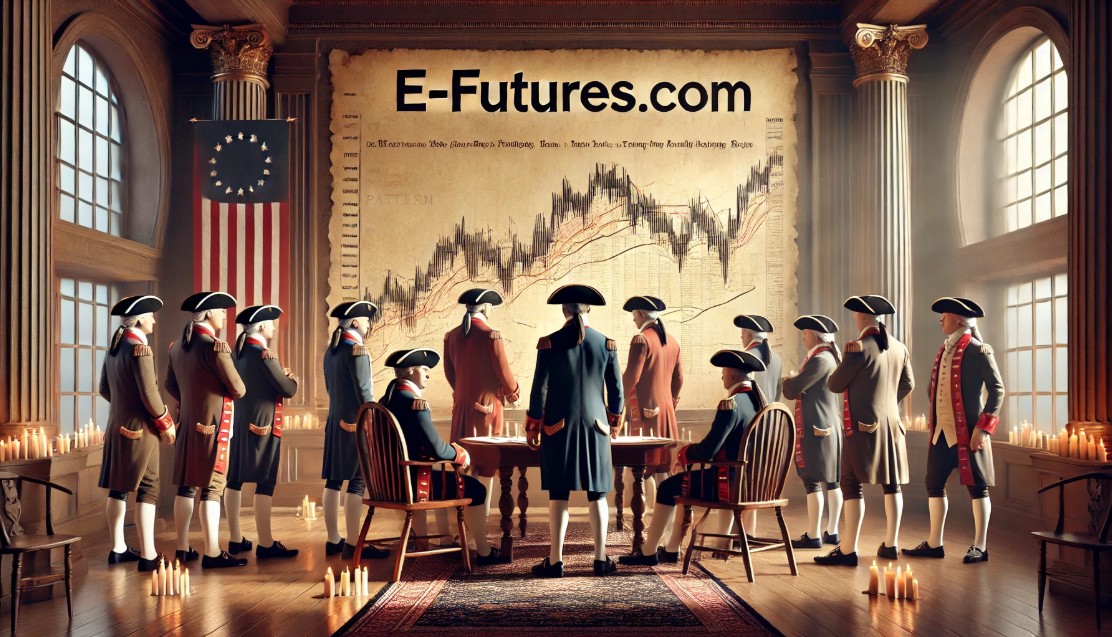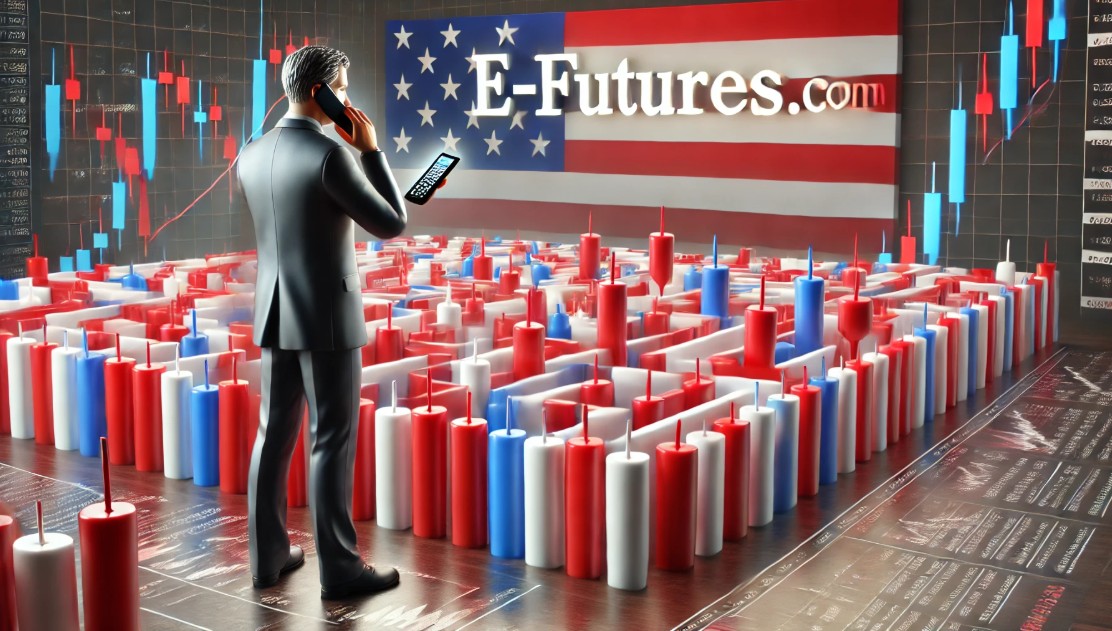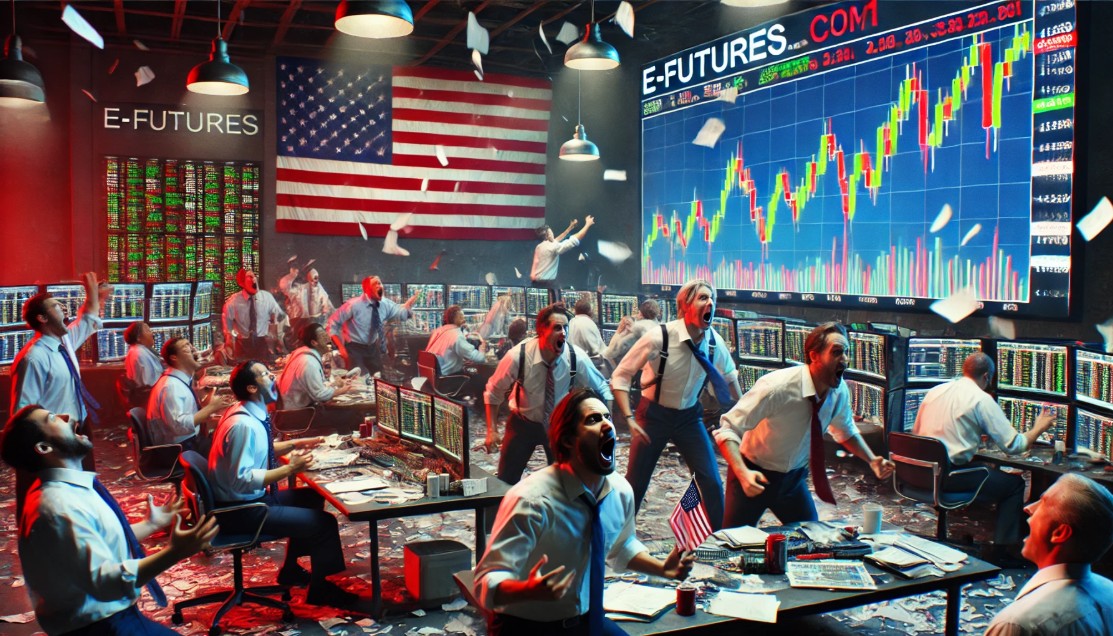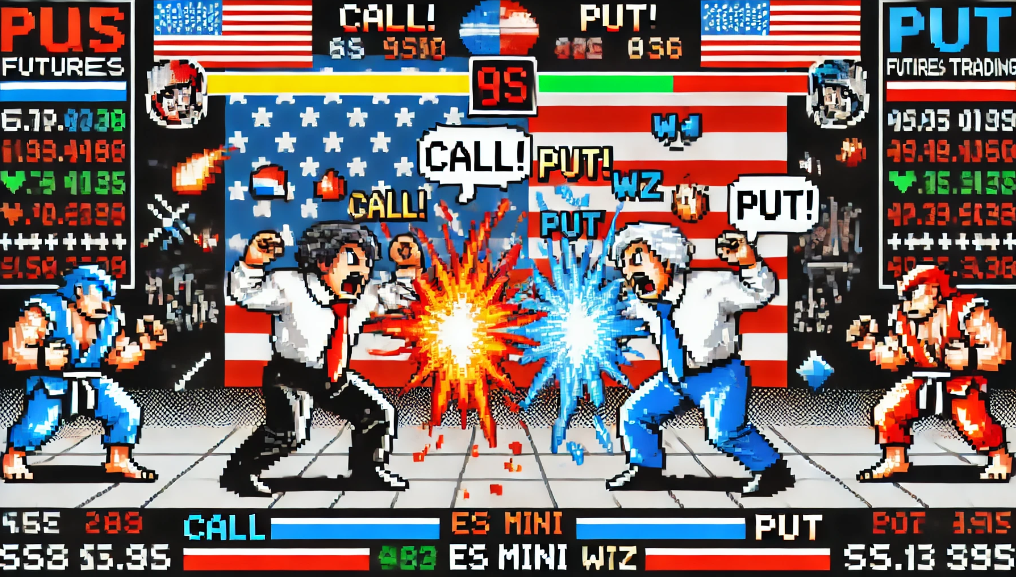Risk Management in Futures Trading for Beginners
Futures trading can be an exhilarating yet risky financial activity. By its very nature, futures trading involves speculation on the future price movements of various commodities, currencies, or financial instruments. While the potential for profit is high, so is the risk of loss. For beginners, mastering risk management in futures trading is essential to longevity and success in the market. This guide will explore the top nine tips for managing risk, illustrate key points using case studies and hypothetical trading scenarios, and discuss what a commodity broker like E-Futures.com can offer to help you trade smarter and safer.
Understand the Basics of Futures Trading
Before diving into trading futures, it’s vital to fully understand how futures contracts work. These agreements obligate the buyer to purchase, or the seller to sell, a specific quantity of an asset at a predetermined price on a future date. This leverage amplifies both gains and losses.
Case Study:
In 2022, a novice trader named Sarah entered a crude oil futures trade without understanding margin requirements. She miscalculated her potential losses when oil prices dropped significantly, leading to a margin call and a forced liquidation of her position. This costly mistake underscored the importance of understanding futures basics.
Key Insight:
Always educate yourself on margin, leverage, and contract specifications before initiating trades. Your commodity broker can provide detailed resources or insights upon request to clarify any ambiguities.
Set Clear Risk Tolerance Levels
Determine how much capital you’re willing to risk on each trade and overall. Most experienced traders recommend risking no more than 1-2% of your total account balance on a single trade.
Hypothetical Scenario:
If your trading account holds $10,000, a 2% risk cap means you shouldn’t risk more than $200 on a single trade. By adhering to this limit, even if you encounter a string of losses, your account remains intact for future opportunities.
Why It Matters:
Without predefined risk limits, emotions like fear or greed may lead you to over-leverage or hold onto losing positions for too long.
Use Stop-Loss Orders
A stop-loss order automatically closes your position when the price reaches a predetermined level. This tool limits potential losses and protects your capital.
Real-Life Example:
John, a beginner trader, purchased wheat futures at $600 per contract. He placed a stop-loss at $590. When wheat prices dropped to $590, his position automatically closed, limiting his loss to $10 per contract. Without the stop-loss, John’s losses could have escalated as wheat prices fell further.
Key Insight:
Stop-loss orders should be used on every trade to enforce discipline. Many brokers, including E-Futures.com, provide tools to set and adjust stop-loss levels easily.
Diversify Your Futures Portfolio
Avoid putting all your trading capital into one type of futures contract. Diversifying across commodities, indexes, or currencies can reduce the risk of significant losses due to unfavorable market movements in one sector.
Hypothetical Scenario:
Instead of focusing solely on crude oil futures, Jane diversifies her portfolio with positions in gold, corn, and the S&P 500 index. When crude oil prices drop, her gains in gold and S&P 500 mitigate the impact on her overall portfolio.
Why It’s Crucial:
Market-specific factors, such as weather conditions for agricultural commodities or geopolitical tensions for oil, can heavily impact prices. Diversification spreads out these risks.
Keep a Trading Journal
Document every trade you make, including the rationale, entry and exit points, and outcomes. This habit helps you identify patterns in your decision-making process and avoid repeating costly mistakes.
Real-Life Application:
Mark, a beginner trader, discovered through his journal that he often entered trades impulsively during periods of market volatility. By reviewing his records, he adjusted his approach and improved his win rate over time.
Broker Support:
A good commodity broker can provide access to analytics tools that supplement your journal, offering insights into your trading habits.
Monitor Market News and Trends
Market-moving news, such as changes in interest rates, geopolitical developments, or weather forecasts, can drastically affect futures prices. Staying informed enables you to anticipate potential volatility.
Hypothetical Scenario:
A trader holding natural gas futures observes a weather report predicting an unusually cold winter. Knowing demand for heating will likely increase, the trader adjusts their position accordingly.
Broker Insight:
Reputable brokers like E-Futures.com often provide access to real-time market news and analysis, ensuring traders stay informed about critical developments.
Avoid Over-Leveraging
Leverage is a double-edged sword in futures how to trade. While it magnifies profits, it also amplifies losses. Over-leveraging can lead to rapid account depletion.
Real-Life Example:
Tom used maximum leverage to trade soybean futures, expecting a quick profit. However, when prices moved against him, his losses wiped out 50% of his account balance within hours.
Why It’s Key:
Trade with leverage that aligns with your risk tolerance and experience level. Consult your commodity broker to understand margin requirements and leverage limits.
Maintain Emotional Discipline
Emotional trading—whether driven by fear, greed, or frustration—often leads to poor decision-making. Stick to your trading plan and avoid impulsive actions.
Case Study:
Emily, a beginner trader, let fear dictate her actions during a volatile session. She exited a position prematurely, missing out on a significant rebound. Reflecting on the experience, she adopted a strict trading plan and stopped letting emotions interfere.
Pro Tip:
Use automated tools like stop-loss orders or trailing stops to remove emotions from your trading decisions.
Choose the Right Broker
Selecting a reliable commodity broker is a critical component of risk management. Brokers like E-Futures.com offer intuitive platforms, educational resources, and robust support to help traders succeed.
Why E-Futures.com Stands Out:
- Advanced Tools: E-Futures.com provides customizable charts, risk management tools, and real-time data, ensuring traders have all the resources needed to make informed decisions.
- Low Costs: Competitive commissions mean traders retain more profits.
- Expert Support: Their team of experienced brokers can guide you on how to trade futures effectively while minimizing risks.
What Your Broker Should Always Make Clear
A broker must ensure that traders understand:
- Margin Requirements: Misunderstanding these can lead to unexpected liquidations.
- Potential Losses: Due to leverage, losses can exceed initial deposits.
- Market Volatility Risks: High volatility increases the likelihood of sharp price movements.
By law and ethical standards, brokers should provide transparent information about these risks, equipping traders to make informed decisions.
Mastering risk management in futures trading is essential for long-term success. By understanding the basics, setting clear risk limits, using stop-loss orders, and leveraging broker resources, you can navigate the futures market with confidence. Whether you’re trading through a demo account or diversifying your portfolio, each step contributes to a solid risk management strategy.
For beginners, partnering with a reliable commodity broker like E-Futures.com can provide invaluable guidance and tools to help you learn how to trade futures safely and effectively. Remember, the key to successful futures trading is not just about making profits but protecting your capital for sustained growth.
To open an account with E-Futures.com, please click here.
Ready to start trading futures? Call US 1(800)454-9572 – Int’l (310)859-9572 email info@cannontrading.com and speak to one of our experienced, Series-3 licensed futures brokers and start your futures trading journey with E-Futures.com today.
Disclaimer – Trading Futures, Options on Futures, and retail off-exchange foreign currency transactions involves substantial risk of loss and is not suitable for all investors. Past performance is not indicative of future results. You should carefully consider whether trading is suitable for you in light of your circumstances, knowledge, and financial resources. You may lose all or more of your initial investment. Opinions, market data, and recommendations are subject to change at any time.
Important: Trading commodity futures and options involves a substantial risk of loss. The recommendations contained in this writing are of opinion only and do not guarantee any profits. This writing is for educational purposes. Past performances are not necessarily indicative of future results.
**This article has been generated with the help of AI Technology. It has been modified from the original draft for accuracy and compliance.
***@cannontrading on all socials.








